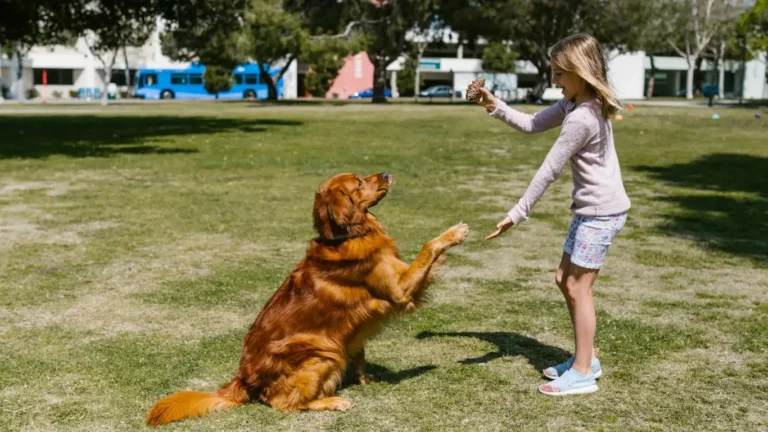How to Train a Dog to Avoid Electrical Cords and Stay Safe
If you’re wondering how to train a dog to avoid electrical cords, you’re not alone. This is a super common challenge I’ve seen with new pet parents—especially those with curious puppies or high-energy rescues. As a Canine-Assisted Therapy Trainer, I’ve worked with countless dogs that were fascinated by cords. Chewing them, tugging them, or even just snoozing too close for comfort. It’s more than just a quirky habit—it’s a real safety risk. So let’s dive into some effective, dog-friendly strategies to help keep your furry buddy safe and your home shock-free.
Why Do Dogs Chew Electrical Cords?
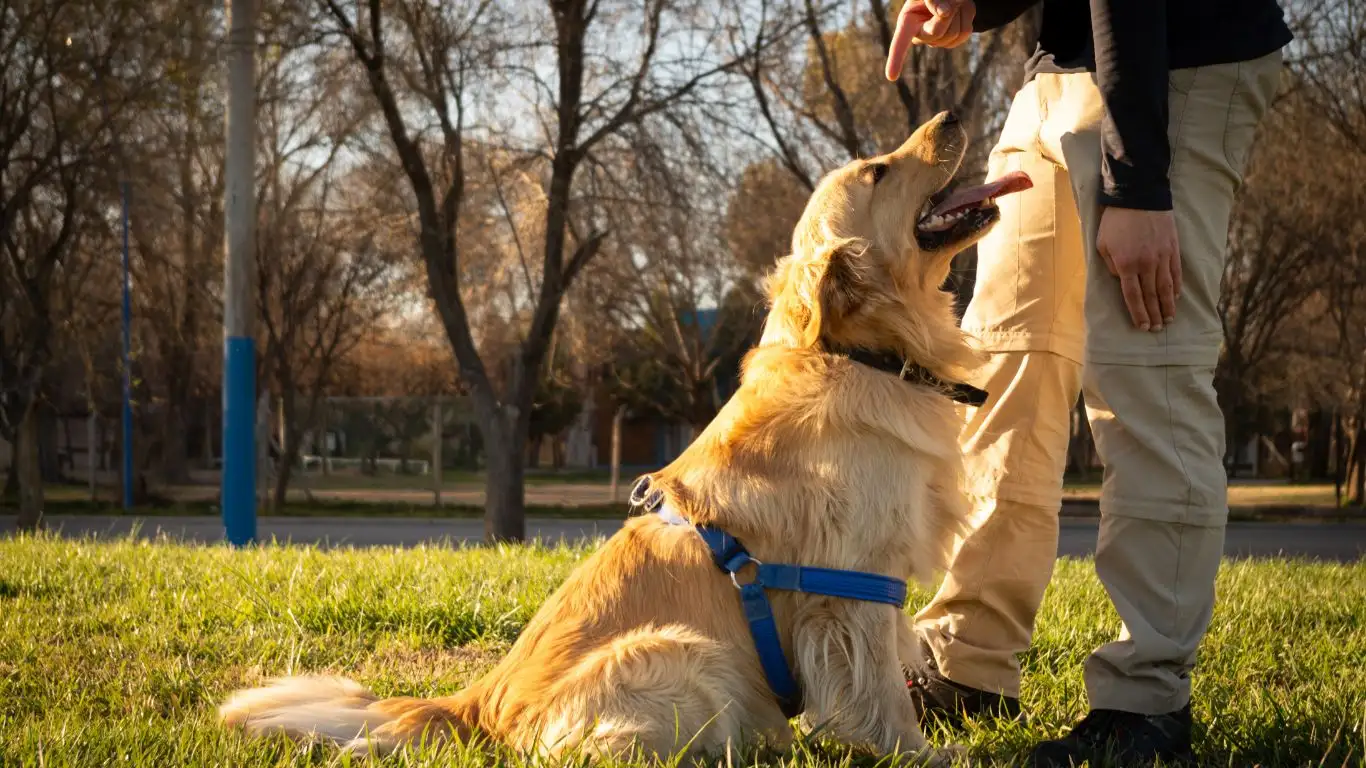
Honestly, this is one of those behaviors that usually starts out of curiosity, boredom, or teething. Puppies especially explore the world with their mouths. And if they’re teething? Forget it—cords feel like the perfect chew toy. For adult dogs, stress or under-stimulation can also lead to chewing habits.
From Curiosity to Hazard
Back in one of my early training sessions with a young golden retriever named Milo, I noticed he had an obsession with the vacuum cord. Turned out, it wasn’t just about the cord—it was the sound and movement that triggered his prey drive. Each dog has different reasons, which is why a personalized approach works best.
Understanding Canine Behavior and Cord Attraction

What Makes Cords So Enticing?
- Texture: The rubbery feel mimics a chew toy.
- Smell: Cords carry scent from your hands or other surfaces.
- Movement: Dangling or shifting cords attract playful instincts.
When I worked with service dogs in training, we always made a point of introducing “no-go” zones and desensitizing dogs to common household temptations like cords early on. It’s all about redirecting that natural interest before it becomes a habit.
How to Train a Dog to Avoid Electrical Cords: Safe & Positive Methods

1. Use Management First
Before any training kicks in, set your dog up for success. That means reducing access to cords as much as possible.
- Bundle and elevate cords out of reach.
- Use cord covers or hide them behind furniture.
- Spray taste deterrents (like bitter apple) if needed.
In my home, I use plastic cord management tubes behind desks and media stands—it’s a simple hack that’s saved me countless headaches.
2. Reinforce the Right Behaviors
Instead of only saying “no,” we want to tell your dog what to do instead. That’s where positive reinforcement works wonders.
- Keep a stash of treats or favorite toys nearby.
- When your dog chooses to walk past a cord without interest, mark the behavior (“Yes!”) and reward.
- Pair this with a calm “leave it” cue over time.
With a border collie I trained last year, we used this method consistently for a week—and he went from lunging at phone chargers to totally ignoring them.
3. Teach a Rock-Solid “Leave It” Cue
This command is gold. Whether it’s food on the ground, a squirrel, or a tempting cord, a solid “leave it” keeps your dog focused on you.
Start small: Hold a treat in your closed hand. When your pup sniffs or paws at it, wait. The moment they look away, say “Yes!” and give a different treat from your other hand. Once they get the idea, practice near a harmless object—then level up to more tempting targets like cords (always supervised, of course).
4. Provide Chew Alternatives That Actually Compete
Here’s the thing—dogs aren’t chewing cords just to spite us. They’re satisfying a need. Whether it’s boredom, stress relief, or just fun, you’ve got to give them a better option. That’s where high-value chew toys come into play.
- Try toys with different textures (rubber, rope, nylon).
- Rotate chew toys every few days to keep them novel.
- Use frozen treats or stuff a Kong with peanut butter and kibble to make it more enticing than any electrical cord.
I remember working with a husky mix named Niko who was obsessed with laptop cords. We found that once we gave him a frozen marrow bone right when we’d normally open the laptop, he started ignoring the cord completely. Timing is everything!
Consistency, Supervision, and Patience Pay Off
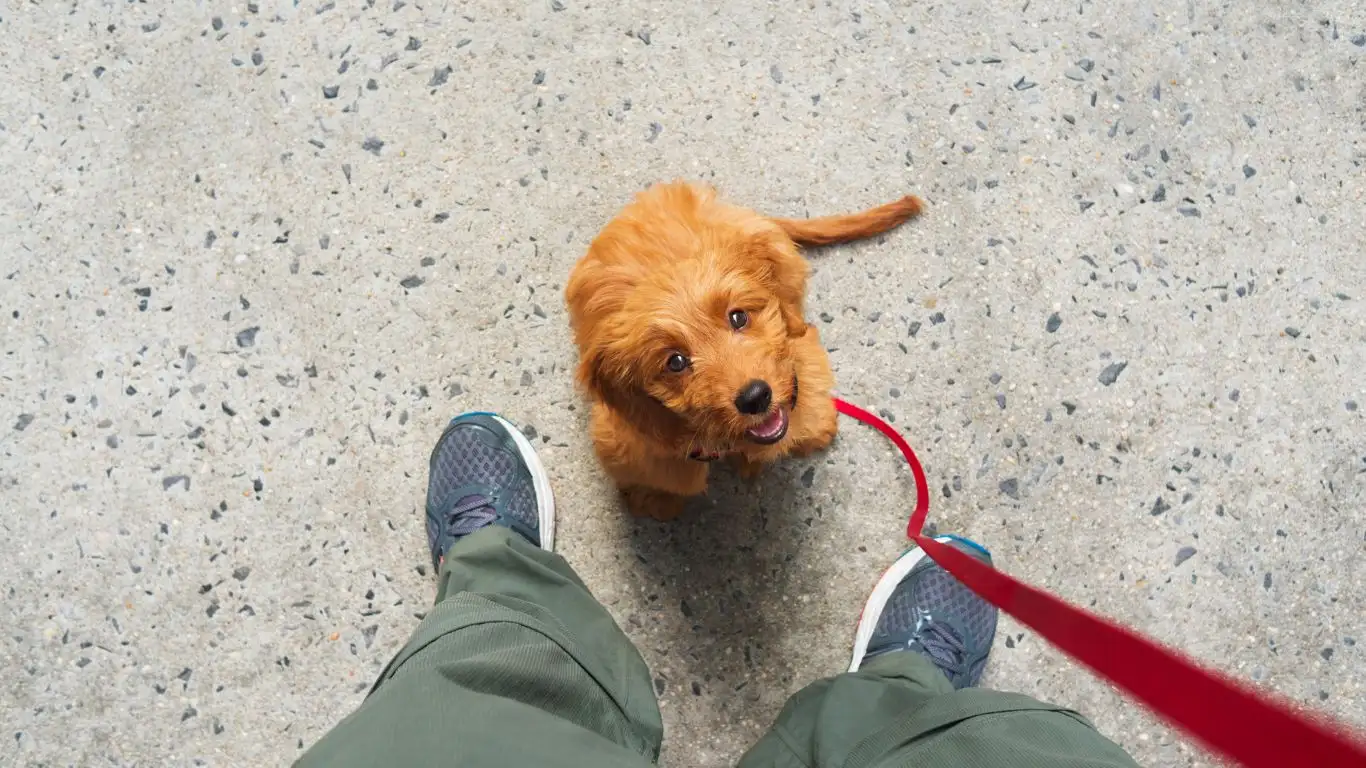
I can’t stress this enough: training your dog to avoid electrical cords is not an overnight fix. Just like teaching a kid not to touch the stove, it takes supervision, repetition, and consistency.
Watch Like a Hawk (At First)
When I bring a new dog into my program, there’s a solid 2–3 weeks where we’re in “full-time observer mode.” That means eyes on the dog at all times unless they’re crated or in a fully dog-proofed area. If you’re not able to watch them, use a safe confinement area—think baby gates or x-pens—to limit access to cords and keep training on track.
Set Realistic Expectations
If your dog is already a cord-chewing pro, it’s going to take a bit more time. And that’s okay! Every dog learns at their own pace. The key is staying positive and focused on progress—not perfection. Even small wins matter. One of my older clients had a rescue spaniel that took nearly a month to stop sneaking behind the TV stand, but with enough praise and patience, he finally got it.
Involve the Whole Household in Training
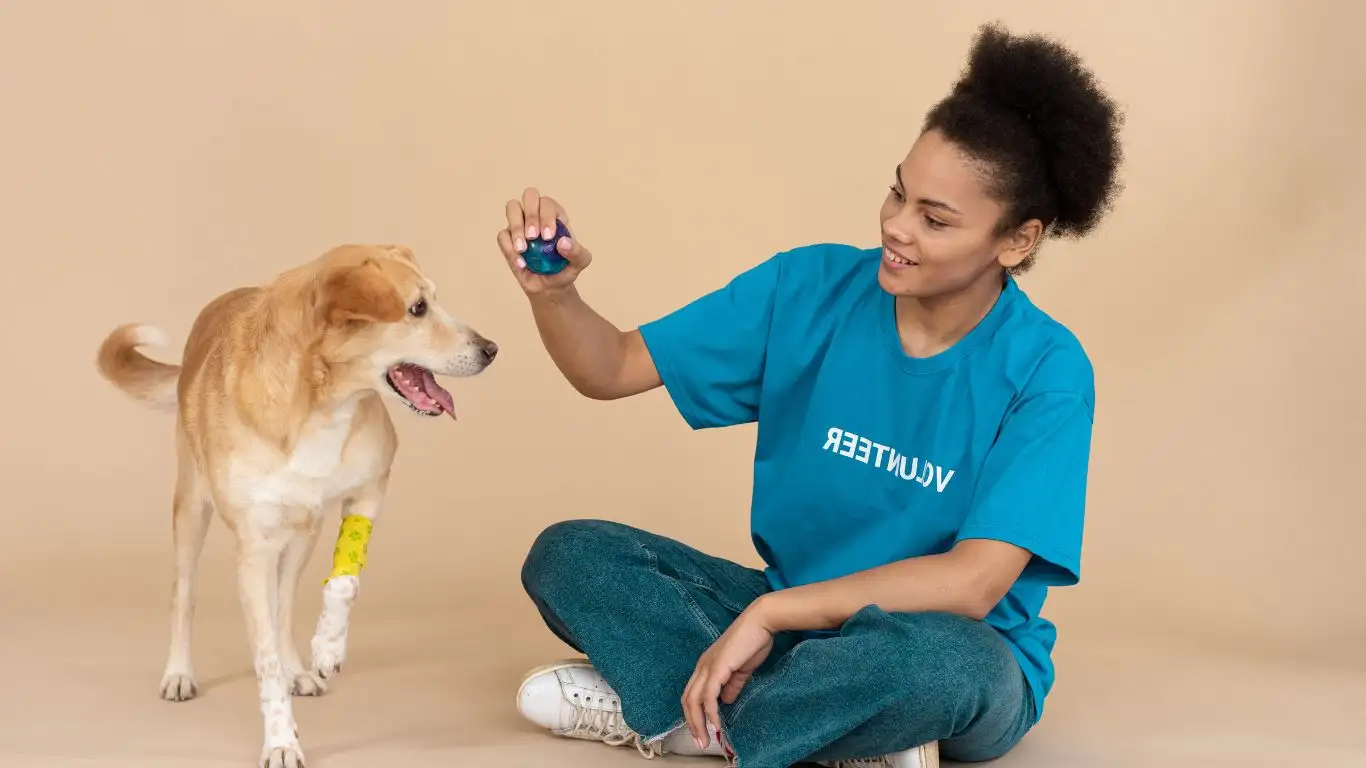
This is a big one—especially in busy homes. Your dog isn’t just learning from you; they’re watching what everyone else does, too. If one person lets them play near cords, it sends mixed signals.
- Make sure everyone uses the same cues like “leave it” or “no cords.”
- Keep chew toys available in common areas.
- Don’t scold if your pup slips up—redirect calmly and reward the right behavior.
One trick that’s worked wonders with families I’ve coached: assign a “dog zone captain” each day. That person’s job is to monitor, reward, and redirect any cord interest. Not only does it spread the responsibility, but dogs thrive when the rules are clear and consistent across the board.
Desensitization Training for High-Risk Areas

Some dogs become hyper-fixated on cords in specific rooms—like under your desk or near the TV. In these cases, we use what’s called gradual desensitization. It’s all about changing the dog’s emotional response to the trigger (in this case, the cords).
Here’s how I usually approach it:
- Start by bringing your dog near the “cord zone” on leash, but at a safe distance.
- As soon as they look at you instead of the cords, reward generously.
- Repeat in short sessions daily, moving slightly closer over time.
Eventually, the cords just become background noise. I’ve done this exact process with therapy dogs who now snooze calmly in medical offices with wires all around—it’s possible with patience.
Bonus Tip: Capture Calm Behavior Around Cords
One underused trick? Capturing calmness. If your dog walks past a power strip and doesn’t even glance at it—mark and reward. Laying down near a cord without messing with it? Jackpot moment! Reinforcing the behavior you do want makes it way more likely they’ll repeat it.
Years ago, I worked with a boxer named Lulu who used to pace around cords constantly. We flipped the script—started rewarding her every time she ignored them. Within two weeks, she was snoozing peacefully while we ran the vacuum, charger cords dangling nearby. It’s all about showing them what earns the good stuff.
Training Setbacks? Don’t Panic—They’re Totally Normal
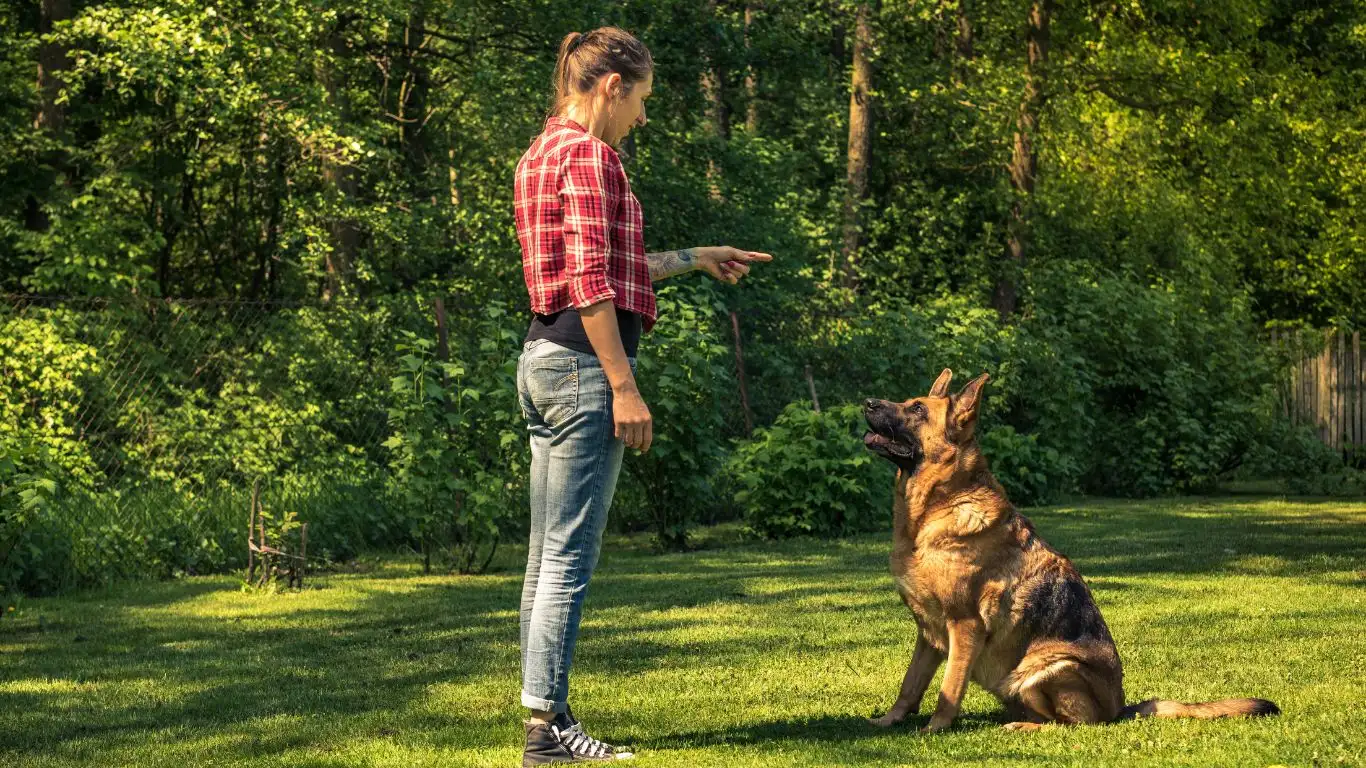
Let me tell you—every dog has an off day. Or a week. Even with consistent work, you might catch your pup suddenly going back to that tangled jungle of cords behind the entertainment center. Don’t freak out. Setbacks are just part of the learning curve.
I had a Labrador trainee named Oscar who went weeks without touching a cord—then one rainy day, he chomped a phone charger clean in half. It wasn’t a failure. It was a sign that he needed a bit more mental stimulation that day, and I’d gotten too comfy with supervision. Lesson learned for both of us.
What to Do If Your Dog Slips Up
- Stay calm. No yelling—just calmly interrupt the behavior.
- Redirect with a toy or treat, then reinforce that choice.
- Go back a step in training if needed, and reinforce the basics.
Dogs aren’t trying to be “bad”—they’re just navigating a human world with dog instincts. When you show up with patience and clear guidance, they catch on.
Enrich Their Environment, Reduce Temptation
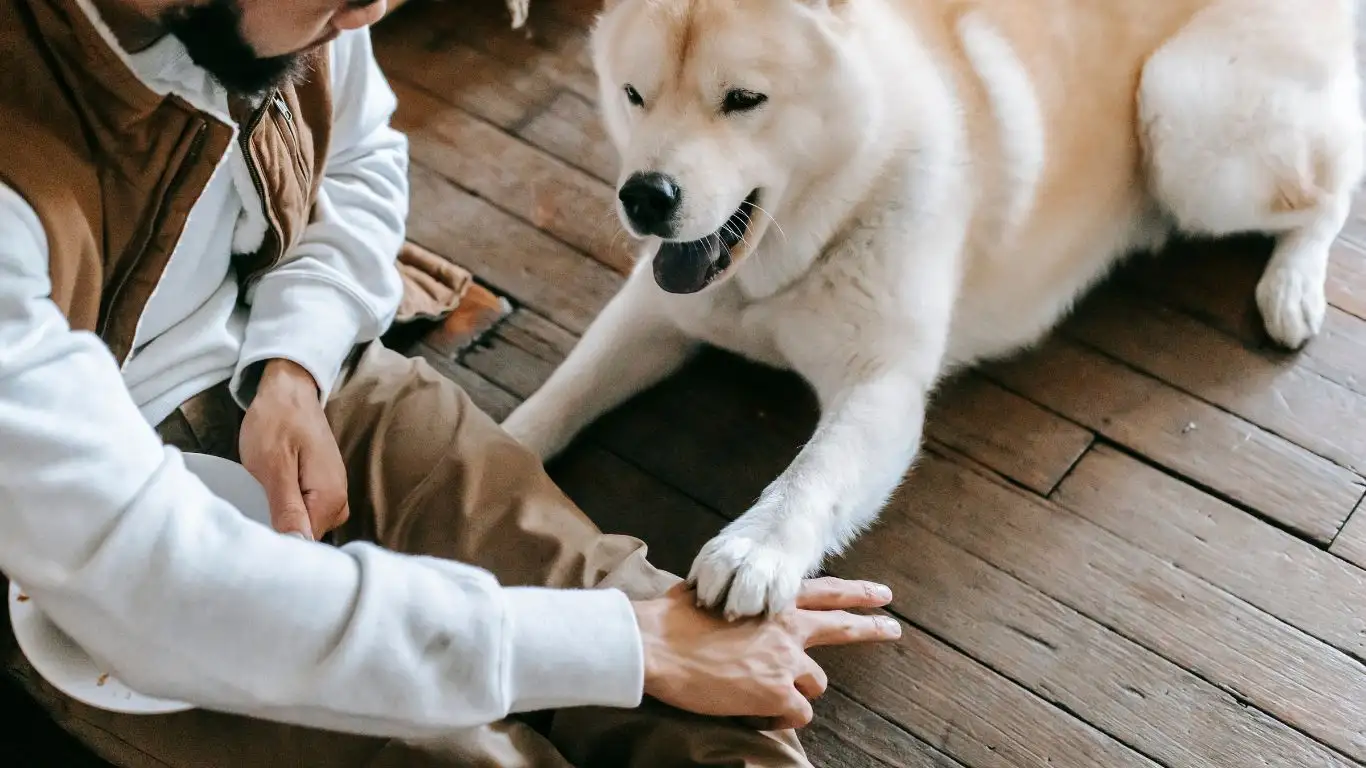
Here’s one of my favorite preventative strategies—keep your dog’s brain busy. A bored dog will find something to do, and too often, that “something” is the one thing you don’t want them messing with (hello, lamp cord).
Easy Ways to Add Daily Enrichment
- Snuffle mats and puzzle feeders during mealtime.
- Hide-and-seek games using kibble or treats.
- Short training sessions that mix cues with movement and fun.
In my home setup, I rotate a “brain game” each morning—it takes me two minutes to set up, and it keeps my dogs mentally dialed in for hours. Trust me, mental stimulation wears them out in the best way.
How to Train a Dog to Avoid Electrical Cords: Keep Building That Trust
So here’s where it all comes together. Training your dog to avoid cords isn’t just about teaching them what not to do—it’s about building a trusting, two-way relationship. When your dog sees you as a reliable guide, they listen more. They engage more. And they feel safer navigating the home environment.
That’s something I’ve seen time and again with the therapy dogs I train. We’re not just teaching them skills—we’re shaping the way they see the world. And when they know we’ve got their backs? That’s when the real magic happens.
Recap: Your Cord-Free Dog Plan
- Start with management and safety—hide cords, block access.
- Teach “leave it” and reward calm choices.
- Offer tons of approved chew alternatives.
- Use desensitization for high-interest zones.
- Be patient, consistent, and ready to adjust as needed.
With the right mindset (and maybe a little backup from your favorite trainer), you’ve totally got this.
Helpful Resources and Expert Backing
As someone who’s spent years training both companion dogs and certified therapy animals, I always lean into science-based methods and ethical training principles. Positive reinforcement works because it respects your dog’s mind and emotions—and the research backs it up.
For further learning and credible guidance, I often recommend checking out resources like:
These sites offer great insights into humane dog training practices and enrichment ideas, many of which I use every day in sessions with dogs of all temperaments.
Disclaimer
This content is based on my experience as a professional Canine-Assisted Therapy Trainer and is intended for educational purposes only. Every dog is different, and what works for one may need adjusting for another. Always consult with your veterinarian or a certified trainer if your dog’s chewing behavior becomes extreme or dangerous.
Safety always comes first—so if you suspect your dog has chewed through a live wire, contact your vet immediately.





